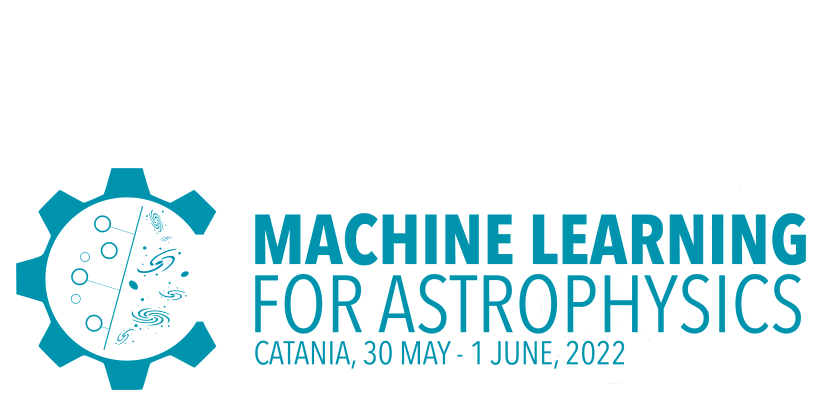Speaker
Description
The study of Active Galactic Nuclei is fundamental to comprehend the processes regarding the birth and evolution of Super-Massive Black Holes (SMBHs) and its connection with star-formation history and general galaxy evolution.
Up to this moment, only ~300 AGN have been identified in the EoR (z>6) of which a small fraction have radio detections, making it difficult to thoroughly study their properties at these early times. Simulations and models predict though that this is just but the tip of the iceberg and that future observatories might increase these numbers by at least an order of magnitude.
In view of the development and operation large-scale radio observatories (e.g., SKA), with their large data volumes, the use of regular AGN detection and z determination techniques will become inefficient. Critical attention has been drawn, then, to the development of Machine Learning (ML) methods to predict the detection of AGN and some of their properties (redshift being one of the most relevant).
We have developed, thus, a series of ML models that, using multi-band photometry, can produce a list of Radio Galaxy candidates, along with their predicted z values. The training stage of these models can then be extended to reach sources at redshift values close to the early epochs of galaxy formation.
We will present the results of training these models with data of NIR-selected sources in the HETDEX Spring Field, covered by the LoTSS Survey, and applying them to photometric data on the Stripe 82 Field.
| Main Topic | Classification and regression |
|---|---|
| Participation mode | Remote |

